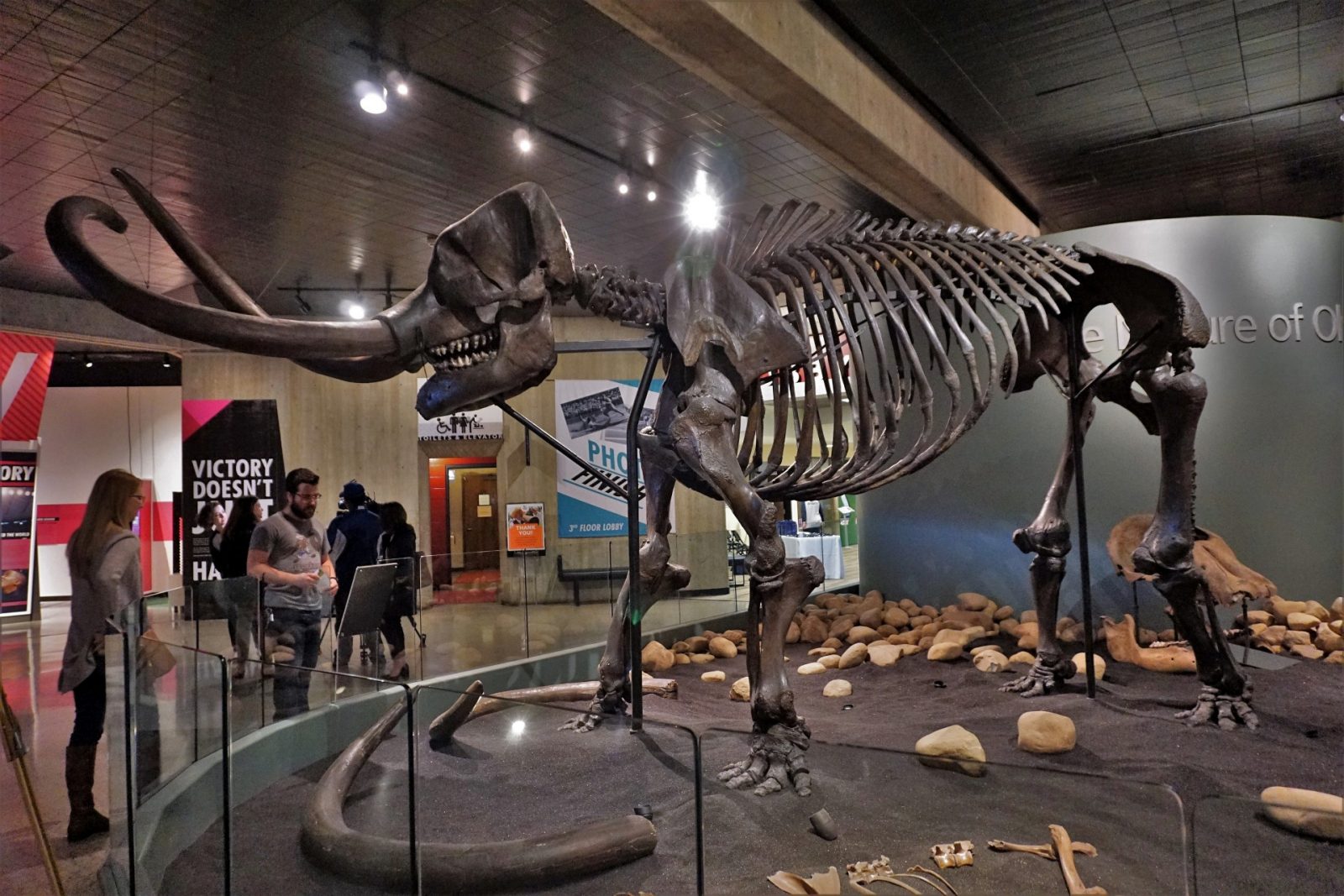The Ohio History Center is making history every day, and you can help

From the COVID-19 pandemic, to the Black Lives Matter protests, to the upcoming presidential election, 2020 has provided plenty of reminders that Americans are living the history that will someday be featured in a museum—and that “someday” is closer than they realize.
“We are actively collecting right now,” said Emmy Beach, Assistant Director of Content Marketing & Public Relations of the Ohio History Center. “We’re collecting people’s stories. We know this is an important time in our history, and we’re not just interested in collecting things from 100 years ago.”
They’re especially interested in the perspectives of those who aren’t typically featured in history books because they weren’t white or male.
“You think about history, it’s like ‘Okay, this month is for women’s history. This month is for Black history. This month is for Native American history.’ That’s not how we live our lives,” Beach said. “That’s not how you bring people in to get an understanding of our culture and our heritage. It’s really important to us to tell that comprehensive story.”
Staffers are doing more than building a future 2020 wing, though. Even with the actual museum doors closed due to the coronavirus outbreak, they are working to connect people to the past and to the context of events in order to make sense of today’s challenges.
BROUGHT TO YOU BY
It can be reassuring to know that what Ohians are facing today has similarities to what has happened before. There has been a rise in recent interest, for example, in the Spanish flu pandemic of 1918.
Some of those similarities are especially striking, as Karen Robertson shared in a recent blog post on the center’s website. Even back then there were debates about mask-wearing, and restaurants and bars had their hours restricted. In Cincinnati, saloons started bottling alcohol to sell for take away in order to limit crowd size.
For those less interested in blog posts and more in real-world experience there are additional options.
“We have a state historic preservation office within our museum,” Beach pointed out. “We have a great historic site system throughout the entire state of more than 50 sites that all offer something a little bit different.”
Many of these sites, such as Serpent Mound in Adams County, are outdoors–perfect for studying history safely during a pandemic.
“We have also been focused on creating resources for kids who are at home with their parents or caregivers,” explained Beach, “on creating activities for kids, video series, but also things that can be pretty simple that you don’t necessarily have to have a parent to help you with.”
Some of those resources can be found here.
BROUGHT TO YOU BY



